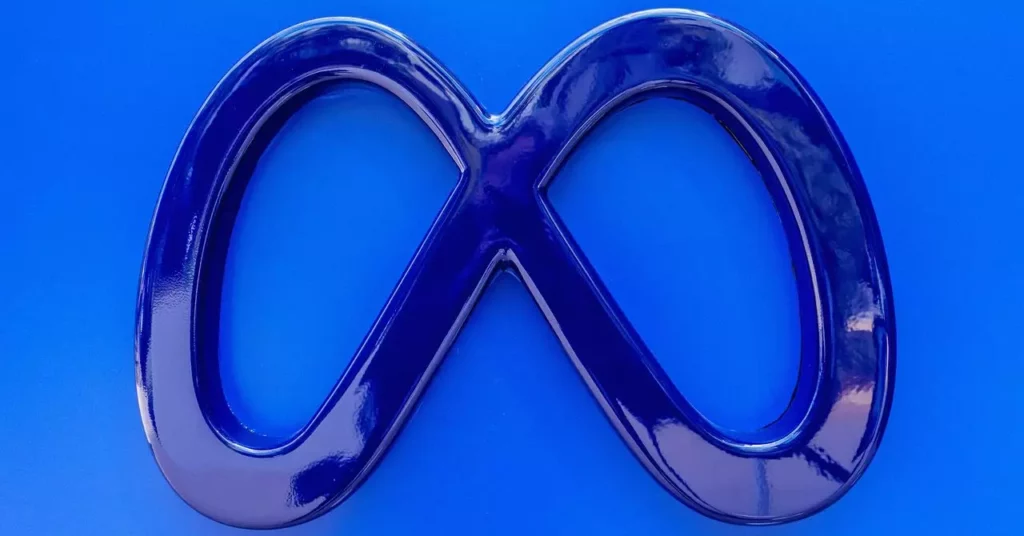Klarna, a titan in the fintech realm, is making a strategic leap that could redefine financial services as we know them. Launching the Klarna Card—an innovative Visa debit card—the company is not merely expanding its portfolio but is undertaking a profound transformation from a specialized “buy now, pay later” (BNPL) platform to a comprehensive banking entity. This transition exemplifies a far-reaching ambition to upend conventional banking by introducing a digital-centric approach that aligns with the evolving behaviors and needs of modern consumers.
The implications of this shift are monumental. Klarna’s CEO, Sebastian Siemiatkowski, articulates a vision where the company positions itself not just as a payment facilitator but as a holistic financial service provider. This vision embodies a broader challenge to established financial institutions, which have traditionally operated under rigid frameworks that do little to accommodate the nuanced expectations of the contemporary consumer.
The Power of Integration
At the heart of the Klarna Card’s appeal is its capacity for integration—marrying various payment methods into a single financial tool. In our current era, where choices abound, integrating funds from traditional debit and credit accounts alongside Klarna’s BNPL services presents an innovative solution that is both flexible and user-friendly. This sort of versatility is not just a pleasant addition; it addresses a pressing consumer need for convenience in managing their financial transactions.
Moreover, the clear emphasis on security features, such as FDIC insurance for deposits, adds an essential layer of trust that technology-driven solutions often lack. The mix of a debit card’s functionalities with the core offerings of a neobank presents a unique value proposition that traditional banks may struggle to match.
Adapting to Consumer Behaviors
Consumer behavior towards financial services is rapidly changing, characterized by a preference for convenience and flexibility. In this dynamic landscape, Klarna is uniquely positioned to capitalize on its existing user relationships developed through its BNPL services. By leveraging this established base, Klarna has an advantage that many traditional banks lack: familiarity with a generation increasingly comfortable with digital solutions and alternative financing, leading to a potentially volatile shift in how financial transactions are perceived.
However, one should not dismiss the competitive pressure from traditional banking goliaths like JPMorgan Chase or emerging fintech challengers like Chime. While these players possess established customer bases and resources, Klarna’s proposition could entice a younger demographic disenchanted by the tedious nature of traditional banking.
Strategic Partnerships Over Regulatory Hurdles
Navigating the complicated landscape of financial regulations is one of the toughest challenges for any fintech. Klarna’s strategy of collaborating with partners such as WebBank generates a smart workaround for the complexities that accompany the establishment of a banking institution. While some might view this as a limitation, it is in fact a strategic maneuver that allows for greater flexibility and adaptability without being mired in regulatory red tape.
This adaptation underscores a fundamental principle in modern business: the need for agility in a fast-paced environment. Instead of building from the ground up—a choice fraught with challenges—Klarna can innovate and fine-tune its offerings while providing a banking experience that resonates with consumers.
Redefining Consumer Perceptions
A substantial part of Klarna’s endeavor involves shifting public perceptions. Siemiatkowski has emphasized the importance of moving beyond the narrow definition of Klarna as a BNPL provider. Instead, the ambition is to rebrand Klarna into a “digital wallet”—similar to the likes of PayPal—encompassing all aspects of financial management and payments within a single, cohesive ecosystem.
This repositioning reflects a growing recognition of the necessity for comprehensive financial solutions among consumers. In a world where convenience is king, the ability to manage various financial elements from one platform is not just advantageous, it’s expected.
A Future in Flux
Ultimately, Klarna stands at a pivotal juncture—its Klarna Card could well be a harbinger of major shifts in consumer expectations regarding financial services. The potential for disruptive change is apparent, especially in light of a banking industry that many perceive as outdated. As traditional forms of banking fall short in meeting modern needs, Klarna’s movement into this arena could shape the very future of fintech.
With lofty objectives and an innovative approach to banking, Klarna not only challenges existing norms but also offers insight into the future of personalized finance, poised to harness the inevitable shift towards a more integrated, digital-first financial landscape.









Leave a Reply